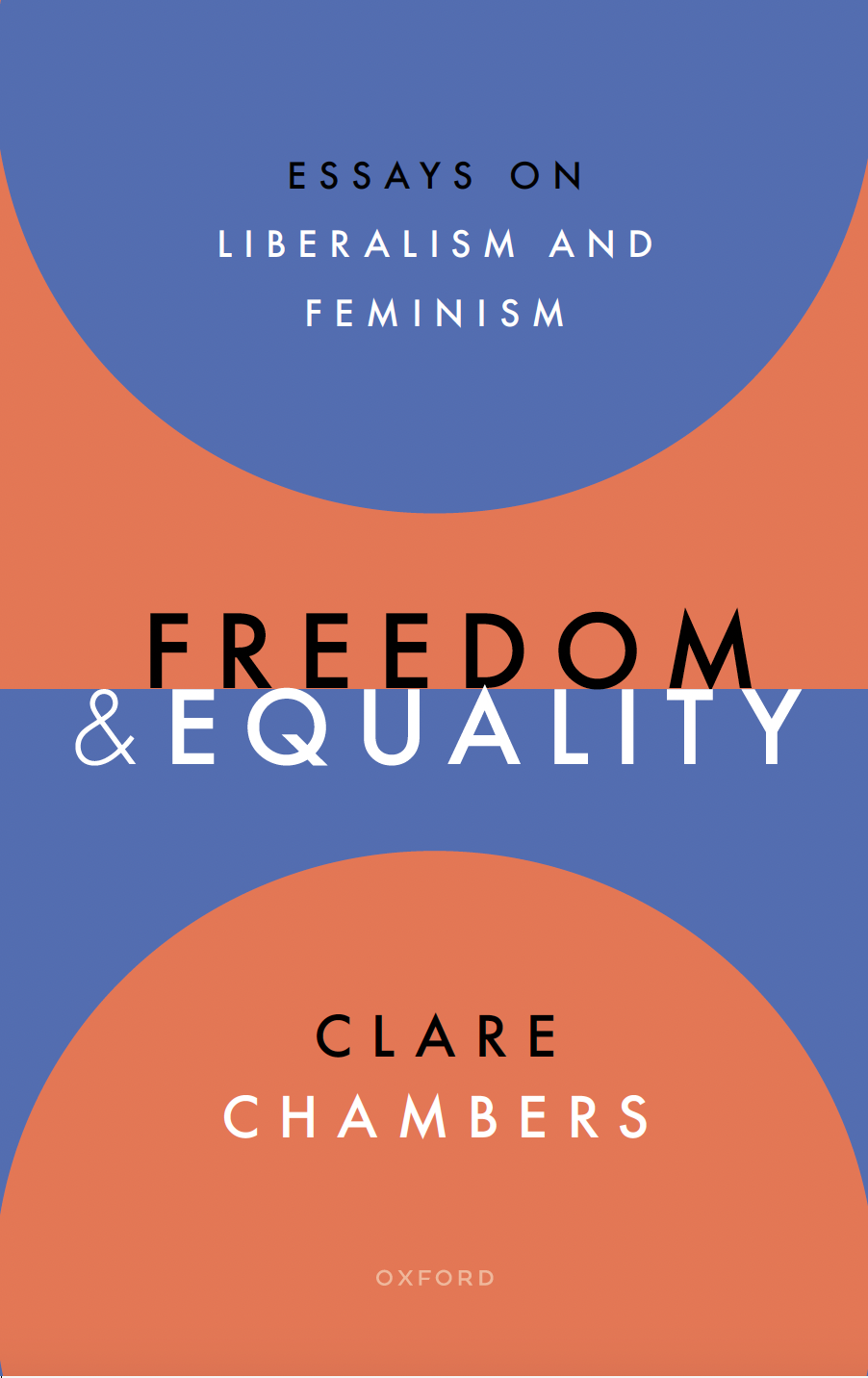In the often polarized landscape of American politics, where feminism and conservatism are frequently seen as opposing forces, Tammy Bruce stands out as a compelling figure who aims to bridge the divide. As a prominent conservative commentator, author, and the former president of the Los Angeles chapter of the National Organization for Women, Bruce’s career is a testament to the idea that feminism can coexist with conservative principles. This article explores how Tammy Bruce navigates the intricate relationship between these two ideologies and advocates for a more inclusive understanding of feminism.
The Evolution of Feminism
To understand Bruce’s position, it is essential to look at the evolution of feminism itself. Traditionally, feminism has been associated with leftist politics, advocating for women’s rights primarily through a liberal lens. However, feminism is not monolithic; it encompasses a variety of perspectives, including conservative feminist views. Here are some key points regarding the evolution of feminism:
- First Wave (19th – early 20th century): Focused on legal issues, primarily suffrage.
- Second Wave (1960s – 1980s): Expanded to issues of equality in the workplace and reproductive rights.
- Third Wave (1990s – early 2000s): Emphasized individualism and diversity, challenging the definitions of gender and identity.
- Fourth Wave (2010s – present): Characterized by digital activism and intersectionality, addressing global issues affecting women.
This evolution indicates that feminism can embrace a variety of perspectives, including those that align with conservative values, such as personal responsibility, family, and free-market principles. This is where Bruce’s philosophy comes into play.
Tammy Bruce’s Background and Beliefs

Tammy Bruce is not only a political commentator but also a former activist who has experienced both sides of the feminist movement. Her career began in the 1990s, where she held leadership positions within the National Organization for Women but became disillusioned with the organization’s increasingly radical leftist stance. Her transition from liberal to conservative has been marked by her belief that conservative values can empower women. Key aspects of her beliefs include:
- Personal Responsibility: Bruce advocates for the idea that women should take charge of their lives and choices, aligning with conservative principles of self-determination.
- Value of Family: She promotes the notion that strong families are the foundation of society and that conservative policies can help strengthen family structures.
- Critique of Victimhood: Bruce challenges the narrative that women are perpetual victims of society, arguing that empowerment comes from taking responsibility and seizing opportunities.
Feminism and Conservatism: Common Ground
Bruce’s work illustrates that feminism and conservatism can share common goals, particularly regarding women’s empowerment. Here are some examples where the two ideologies intersect:
- Economic Empowerment: Both feminists and conservatives advocate for policies that promote women’s economic independence, such as equal pay and job opportunities.
- Education: Access to quality education is a shared concern, with both sides recognizing its importance in empowering women and girls.
- Safety and Security: Issues such as domestic violence and sexual harassment are vital to both movements, emphasizing the need for policies that protect women.
By focusing on these areas, Bruce demonstrates that the two ideologies can work together toward common goals, rather than being at odds. Her approach encourages dialogue between feminists and conservatives, fostering a more inclusive environment where differing opinions can coexist.
Case Studies: Tammy Bruce in Action

Throughout her career, Bruce has been involved in various initiatives that exemplify her bridging efforts. Some notable examples include:
- Advocacy for Women’s Rights in the Workplace: Bruce has consistently advocated for women’s rights in a way that aligns with conservative values, including promoting policies that support women’s career advancement without imposing burdensome regulations on businesses.
- Public Speaking Engagements: As a speaker, Bruce often engages with both conservative and feminist audiences, encouraging discourse that transcends traditional ideological boundaries.
- Writing and Commentary: In her books and media appearances, Bruce articulates her vision of a feminism that embraces conservative values, challenging both feminists and conservatives to explore the potential for collaboration.
The Role of Media in Shaping Perspectives

Media plays a crucial role in shaping public perceptions of feminism and conservatism. Bruce leverages various platforms to share her ideas, reaching a wide audience. Some impacts of her media presence include:
- Creating a Dialogue: By participating in discussions on mainstream media, Bruce encourages both sides to engage in meaningful conversations about women’s rights.
- Challenging Stereotypes: Bruce works to dismantle stereotypes about conservatives and feminists, showing that individuals can hold beliefs from both camps and still advocate for women’s rights.
- Empowering Voices: Through her commentary, she amplifies the voices of women who feel alienated from the mainstream feminist movement due to their conservative beliefs.
Statistics Reflecting the Shift
Recent statistics indicate a growing acceptance of conservative feminism among women. For instance, a 2021 Gallup poll found that:
- 40% of women: identified as conservative or moderate, reflecting a significant shift from previous decades.
- Women’s participation: in conservative movements has increased, with many citing issues like economic empowerment and family values as central to their beliefs.
These statistics suggest that Bruce’s efforts to merge feminism with conservative ideals resonate with a significant portion of the female population, indicating a potential shift in how feminism is perceived and practiced.
Conclusion: A New Era of Feminism
Tammy Bruce’s journey as a conservative feminist highlights the possibility of reconciling two seemingly opposing ideologies. By advocating for personal responsibility, family values, and economic empowerment, she demonstrates that feminism need not be confined to a single political perspective. Instead, it can incorporate diverse viewpoints, including those aligned with conservatism. As we move forward, Bruce’s work may inspire a new era of feminism—one that emphasizes collaboration over division, empowering women across the political spectrum.
In summary, Tammy Bruce serves as a vital link between feminism and conservatism, challenging traditional narratives and encouraging a broader understanding of women’s rights. Her advocacy illustrates that the fight for gender equality can include a range of ideologies, ultimately enriching the conversation around women’s empowerment.